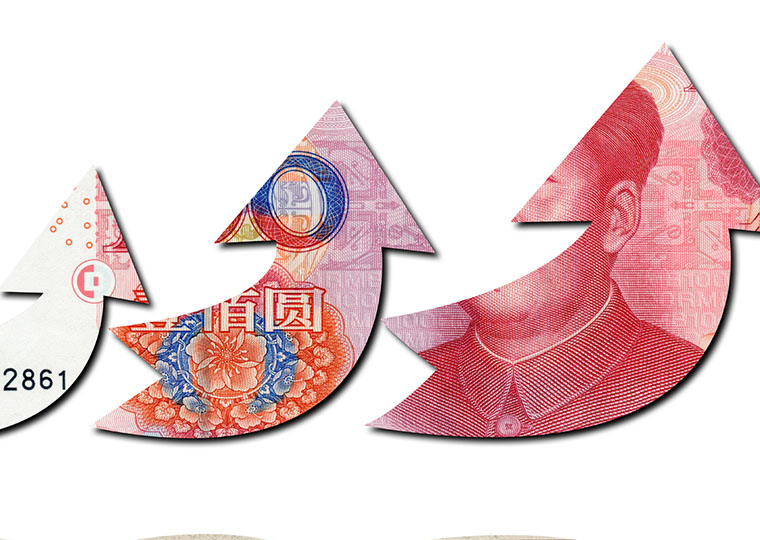Popular in business schools and executive suites, it’s no longer a meaningful way to compare companies
“Competitive advantage” is a favorite concept of the business press. Google has it thanks to the company’s scale, dominance of internet search and its proprietary search engine. Executives at home-improvement chain Lowe’s and British retailer Marks & Spencer say their physical stores give them an edge over online-only rivals. Analysts attribute Nike’s lead to its powerful brand and Weber’s to the grill maker’s domestic supply chain.
Competitive advantage, it seems, has many faces. UCLA Anderson’s Marvin Lieberman thinks that’s a problem.
In Lieberman’s field of strategic management, researchers, investors and executives increasingly require precision and quantifiable metrics to understand how a company performs against its competitors. But “competitive advantage,” he writes, lacks a single clear and meaningful definition.
Opt In to the Review Monthly Email Update.
“Research requires precision,” says Lieberman in an email exchange. “If there are many different ways to define competitive advantage, we obviously don’t have precision.”
The Pitfalls of Using Competitive Advantage as a Metric
The solution, he says, is to focus instead on specific measures of a firm’s performance. Assessing when a company has superior performance — in earnings, net margins and so on — gives researchers and investors a more empirical basis for understanding the dynamics between companies than a general notion like “competitive advantage.”
Harvard’s Michael Porter popularized the concept of competitive advantage in the early 1980s, and it has remained central to the field of strategic management ever since. While useful in college case studies in explaining how one company consistently outperforms another — Walmart over the all but defunct Kmart, for example — the term has come to mean different things in different contexts.
For example, a company with a competitive advantage could post profits that are highest in an industry or just higher than the average. It could have the lowest costs or, more commonly, the greatest gap between its costs and what customers are willing to pay.
No single definition applies in all cases. Does a company with larger total profits have an advantage over a smaller one with wider profit margins? How to account for a rapidly growing startup, like Amazon in its early days, when standard metrics predict little about its potential edge over rivals?
A value-gap analysis, Lieberman says, can break down when comparing companies that have multiple product lines and that compete in multiple product segments. Any company that competes for different customers in different lines of products will probably hold a value-gap advantage with at least one segment, he says.
The practical difficulties in defining competitive advantage can be seen when comparing two U.S. airlines: Southwest and American.
In a 2018 paper, Lieberman and his co-authors compared the performance of the airlines between 1980 and 2010. During this period, American was one of the world’s largest airlines, while Southwest began as a regional upstart but grew rapidly to become one of the Big Four U.S. carriers.
At the beginning, Southwest had a large cost and efficiency advantage over American, but it gradually disappeared as the airline expanded. For instance, in 1980, the company’s wages were 23% below American’s, but by 2010 wages at Southwest were 21% above American’s — and the highest in the industry.
Today, American outranks Southwest in operating revenues, but Southwest posts wider profit margins. As a result, a meaningful comparison of the two airlines requires looking at multiple measures that don’t add up to a simple case of “competitive advantage.”
Moving Past Competitive Advantage
Competitive advantage is also less useful as more attention is given to environmental, social and governance measures when considering performance. A company might post higher profits than rivals, Lieberman says, but if it gets those profits by polluting the environment, “people today would not be comfortable saying that it has competitive advantage.”
Despite all its faults, Lieberman says, competitive advantage still retains a “visceral appeal” for students and executives. The term encourages them to consider how companies outperform their competitors. However, rarely will a company outperform its rivals across all the relevant dimensions.
“Competitive advantage is useful but intellectually unsustainable,” he writes. “If we collectively acknowledge that this ‘emperor’ who has long reigned in the land of strategic management is wearing no clothes, I see no harm in letting him keep a title and continue to reside. But after 40 years, it is time to get him down off the throne.”
Featured Faculty
-
Marvin Lieberman
Harry and Elsa Kunin Chair in Business and Society; Professor of Strategy
About the Research
Lieberman, M. (2021). Is Competitive Advantage Intellectually Sustainable? Strategic Management Review, 2(1), 1–16.
Lieberman, M. (2022). Moving beyond competitive advantage: A rejoinder to Barney et al. Strategic Management Review, 4(1), 15–21. http://dx.doi.org/10.1561/111.00000051






